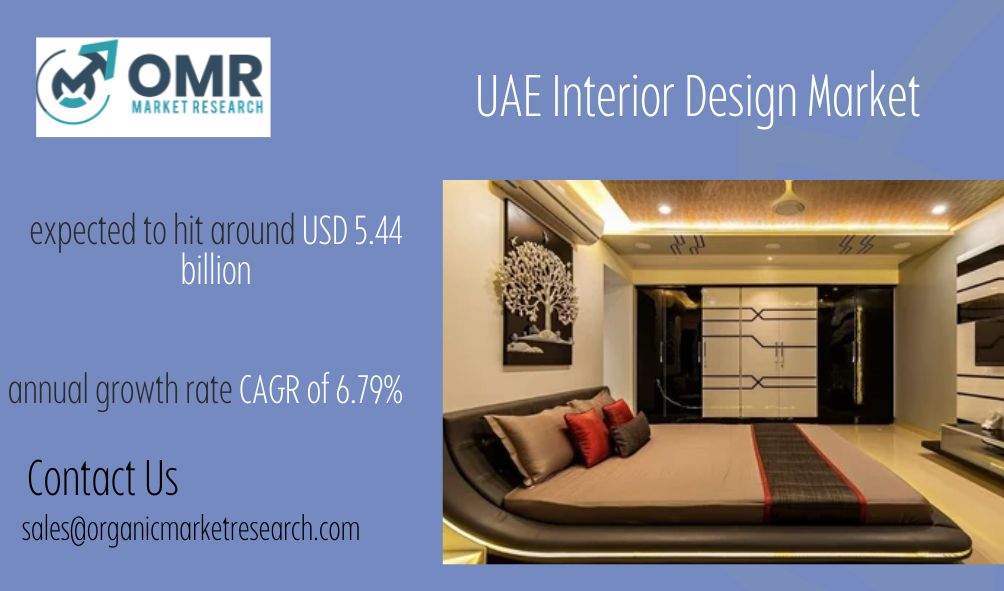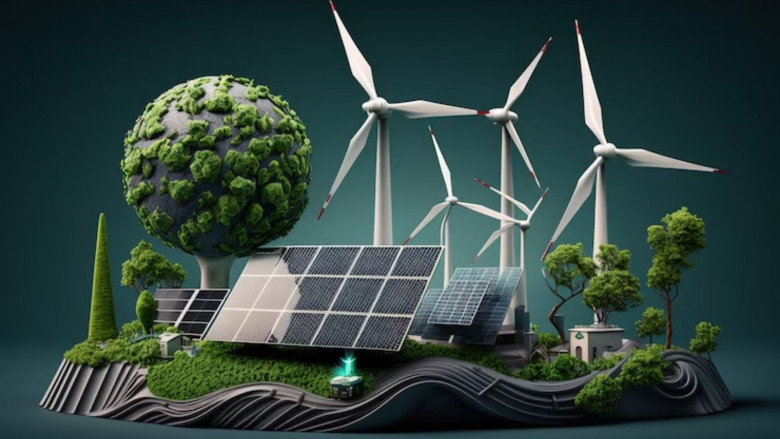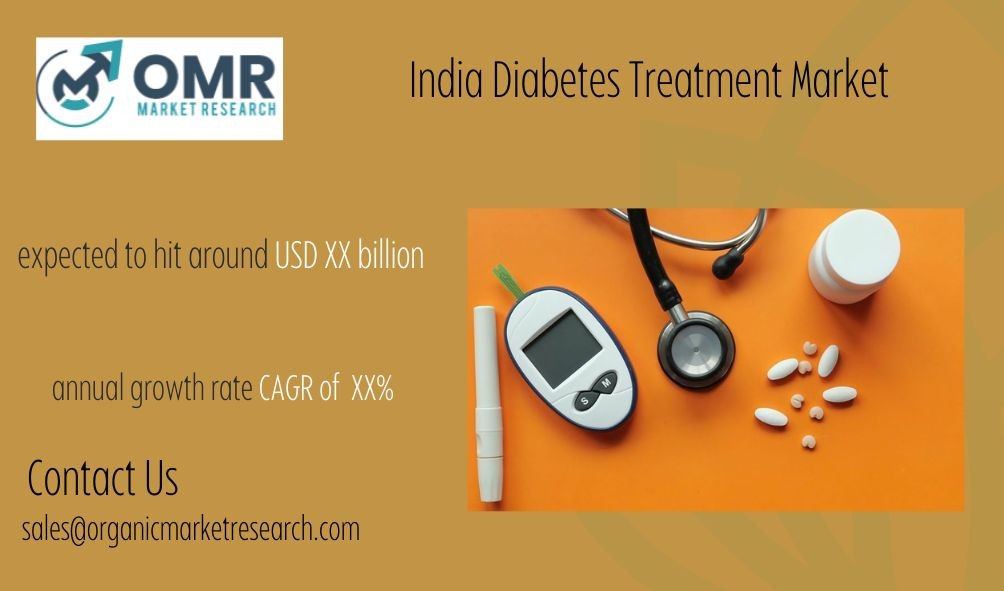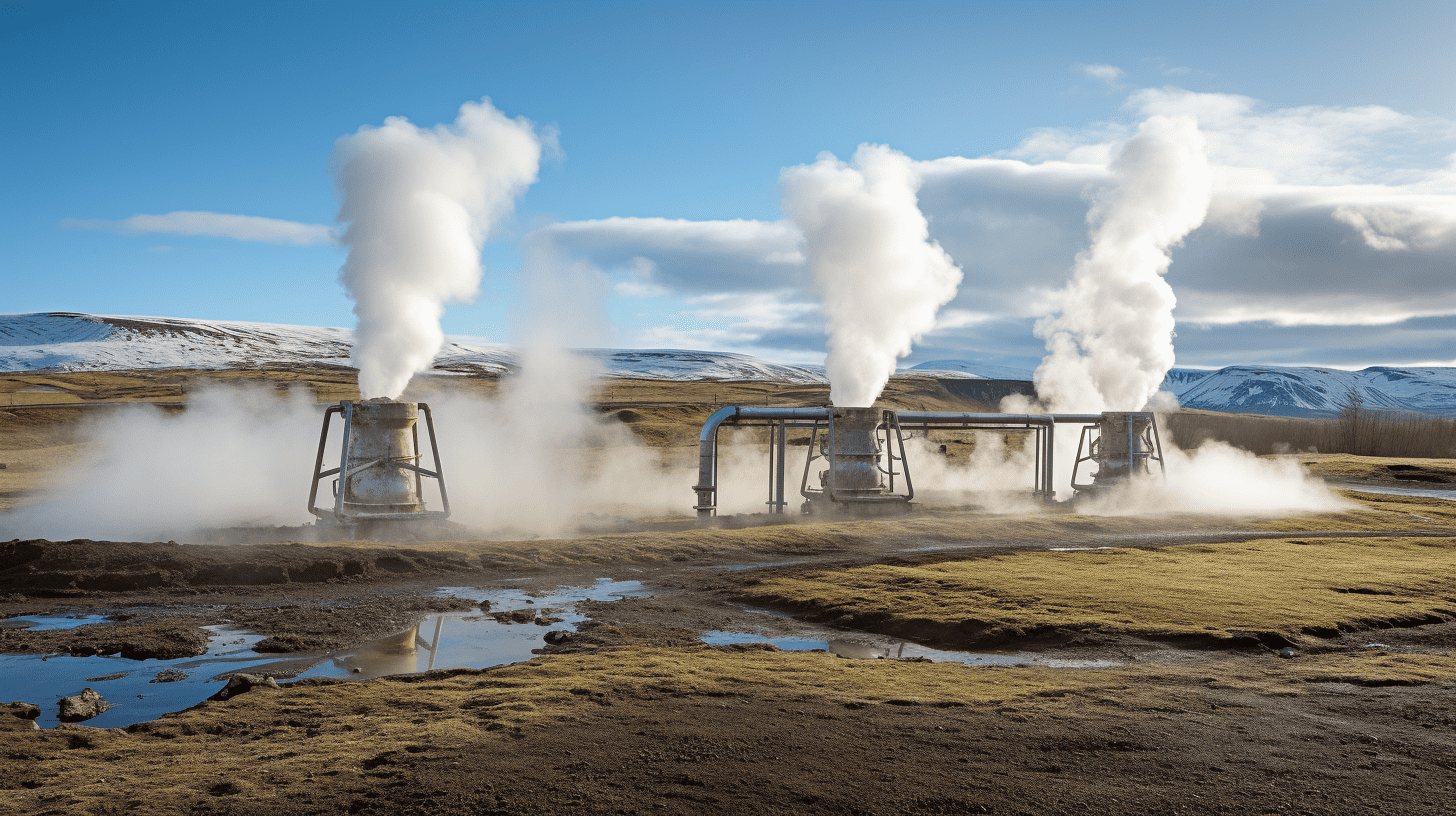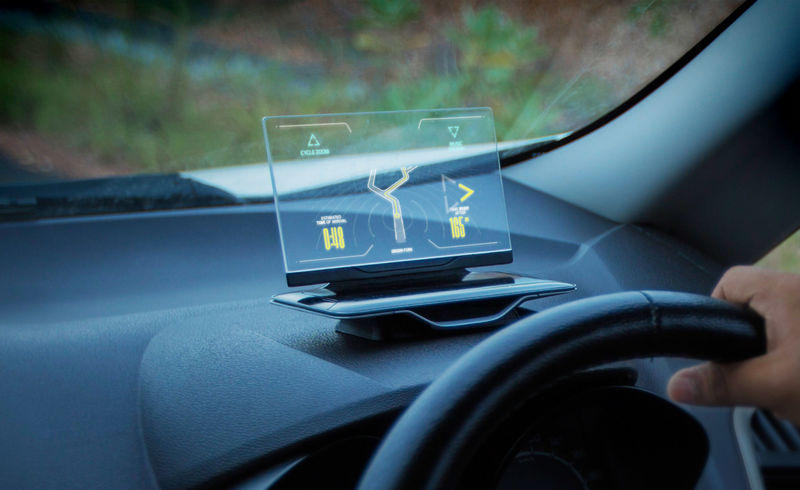UAE Clean Energy Market Overview
The UAE Clean Energy Market is estimated to reach USD 16.7 GW by 2032 with a CAGR of 8.22%.
The clean energy sector in the United Arab Emirates has grown and developed remarkably, establishing itself as a pioneer in sustainable energy efforts worldwide. The aggressive goals set forth in the nation’s Energy Strategy 2050 demonstrate its commitment to diversifying its energy mix and lowering its dependency on fossil fuels. The UAE has completed several successful initiatives with an emphasis on renewable energy, especially solar and wind power, supported by strategic collaborations and investments.
Initiatives spearheaded by the government, including the Mohammed bin Rashid Al Maktoum Solar Park, demonstrate the UAE’s commitment to major solar energy projects. The park, one of the biggest in the world, demonstrates how effectively the country can use solar energy. Furthermore, the clean energy sector is experiencing increased innovation and competitiveness due to the significant private sector participation brought about by favourable legislative frameworks and technological breakthroughs.
Because of the International Renewable Energy Agency’s (IRENA) installation of its headquarters in Abu Dhabi, the UAE has demonstrated its commitment to sustainability on a global scale. This establishes the nation as a centre for global cooperation and information exchange in the field of renewable energy. The market is anticipated to grow steadily as long as the United Arab Emirates (UAE) maintains its emphasis on clean energy. This will draw in both local and global investors who want to take advantage of the expanding prospects in the region’s sustainable energy landscape.
Exploring the Growth Drivers of the UAE Clean Energy Market
The fast rise and sustainability of the clean energy market in the United Arab Emirates are facilitated by a number of important factors. First and foremost, a crucial factor is the government’s steadfast dedication to diversifying the energy mix. The UAE’s Energy Strategy 2050 lays forth a clear roadmap for the transition to a more environmentally friendly and sustainable energy industry while setting high goals. Investors and other sector players are encouraged by this commitment, which offers a solid policy foundation.
Another important growth driver is the strategic expenditures made in cutting-edge technologies and research and development (R&D). The ongoing search for state-of-the-art solar and wind power solutions improves the efficiency and economic viability of clean energy projects, drawing in more and more public and private investors.
Partnerships and cooperation across international borders also support the market’s expansion. The International Renewable Energy Agency (IRENA) headquarters are housed in the United Arab Emirates, which promotes international collaboration and facilitates the sharing of knowledge and best practices in the development of sustainable energy. The UAE’s reputation is enhanced, and opportunities for foreign investment and cooperation are created by its standing as a global centre.
What challenges does the UAE Clean Energy Market face?
The UAE Clean Energy Market is committed to sustainability and is growing quickly, but it still confronts a number of obstacles that need to be strategically addressed. First, grid stability is hampered by the intermittent nature and unpredictability of renewable energy sources like wind and solar power. In order to provide a steady and dependable power supply, energy storage technology developments are necessary to address the fluctuation in energy output.
Financial impediments constitute an additional barrier. Even though the government is essential to the success of sustainable energy projects, getting private capital is still difficult. Potential investors may be put off by the high upfront costs and uncertain returns of renewable energy projects. It will take creative financing methods and risk-reduction techniques to close this financial gap.
There are additional issues in the energy sector related to coordination and integration among different stakeholders. For clean energy programmes to be implemented successfully, coordination across many government departments and agencies is necessary for policies, legislation, and actions. Deploying renewable energy projects successfully depends on coordinating the public and private sectors and interacting with local populations.
What are the recent developments happening in the UAE Clean Energy Market?
Notable recent advancements in the UAE Clean Energy Market indicate a sustained dedication to sustainable practices. A noteworthy achievement is the continuous growth of the Mohammed bin Rashid Al Maktoum Solar Park, located in Dubai. One of the biggest solar parks in the world, the project is constantly expanding, and its most recent phases have concentrated on adopting cutting-edge technologies to increase output and efficiency.
Additionally, as part of its clean energy portfolio, the UAE has been actively investigating offshore wind energy projects. The region’s investigation of offshore wind potential has been accelerated by joint ventures with foreign partners and R&D expenditures. The country’s resilience and sustainability in the face of changing energy needs are strengthened by this diversity of renewable energy sources.
Report Overview
Between 2019 and 2032, the UAE Clean Energy Market is expected to develop significantly due to increased consumer demand for sustainable energy solutions and technological advancements. Solar power, wind energy, hydropower, and other renewable energy sources are all included in the market segmentation by technology, which offers a thorough picture of the varied energy landscape. In terms of applications, the market serves the residential, commercial, and industrial sectors, providing specialised solutions to satisfy the particular energy requirements of each environment. End consumers range widely, from private individuals to major industrial companies, demonstrating the diversity of demand in the United Arab Emirates. The market is also divided into age groups, recognising the need for customised energy solutions for various types of educational institutions. The categories, which take into account the various energy needs at different educational levels, are kindergarten, primary school, middle school, high school, and higher education. In addition, the market is divided into categories based on subjects such as science, mathematics, humanities, arts, and vocational programmes in order to cater to the diverse energy requirements of various academic fields. Given the dynamic nature of educational energy solutions, the mode of delivery segmentation includes synchronous learning, asynchronous learning, and blended learning. Subscription-based, pay-per-Course, and freemium pricing models are included in this segmentation, providing educational institutions with a range of flexible payment options. Last but not least, the regional segmentation offers insights into the geographic dynamics of the clean energy market by encompassing significant regions like Dubai, Abu Dhabi, Sharjah, and the rest of the UAE. This in-depth analysis explores regional dynamics, educational quirks, and technology trends to give stakeholders useful information for navigating the changing UAE Clean Energy Market.
Get Full Report : https://organicmarketresearch.com/uae-clean-energy-market
In the pursuit of a sustainable and resilient future, the United Arab Emirates (UAE) has emerged as a global leader in clean energy adoption and innovation. From vast solar farms to ambitious wind projects, the UAE is harnessing its natural resources and technological prowess to drive the transition towards a cleaner, more sustainable energy landscape. In this article, we delve into the UAE clean energy market size, exploring its current status, growth trajectory, and the pivotal role it plays in shaping the nation’s energy future.
The Clean Energy Revolution: The global imperative to mitigate climate change and reduce reliance on fossil fuels has catalyzed a revolution in clean energy technologies. Solar, wind, hydro, and other renewable energy sources are increasingly being embraced as viable alternatives to traditional forms of power generation. For the UAE, endowed with abundant sunshine and wind resources, clean energy represents not only an environmental imperative but also a strategic economic opportunity.
Market Size and Growth Dynamics: The UAE clean energy market has experienced exponential growth in recent years, driven by a combination of factors including government initiatives, technological advancements, and favorable market conditions. While precise market size data may vary, the nation’s investments in renewable energy infrastructure are substantial and continue to expand rapidly.
Solar Energy Dominance: Solar energy stands as the cornerstone of the UAE’s clean energy transition. The nation boasts some of the world’s largest solar projects, including the Mohammed bin Rashid Al Maktoum Solar Park in Dubai and the Noor Abu Dhabi Solar Plant. These projects not only contribute to the diversification of the UAE’s energy mix but also demonstrate its commitment to sustainable development on a global scale.
Wind Energy Potential: In addition to solar, the UAE is also exploring the vast potential of wind energy. The recent inauguration of the 400-megawatt Dumat Al Jandal wind farm in Saudi Arabia, developed by a consortium led by Abu Dhabi-based Masdar, marks a significant milestone in the region’s wind energy sector. With ambitious plans for further wind projects, the UAE aims to harness its coastal winds to further bolster its clean energy portfolio.
Policy Support and Investment: Government policies and initiatives play a crucial role in driving the growth of the UAE clean energy market. The UAE Vision 2021, the Dubai Clean Energy Strategy 2050, and the Abu Dhabi Economic Vision 2030 provide clear roadmaps for sustainable energy development and underscore the nation’s commitment to achieving energy security and environmental sustainability. Furthermore, significant investments from both public and private sectors continue to fuel innovation and drive down the costs of clean energy technologies.
Challenges and Opportunities: Despite remarkable progress, the UAE clean energy market faces challenges, including intermittency issues with renewable energy sources, grid integration complexities, and the need for continued investment in research and development. However, these challenges are accompanied by immense opportunities, including job creation, economic diversification, and enhanced energy security.
Future Outlook: The future of the UAE clean energy market is exceedingly bright. With a conducive regulatory environment, abundant natural resources, and a strong commitment to sustainability, the nation is well-positioned to further accelerate its transition towards a low-carbon economy. As the global demand for clean energy solutions continues to soar, the UAE stands poised to play a leading role in shaping the future of energy.
Key Target Audience
- Government and Regulatory Authorities
- Energy Companies and Utilities
- Investors and Financial Institutions
- Technology Providers
- Research and Development Organizations
- International Organizations
UAE Clean Energy Market Segmentation:
1. By Technology
- Solar Power
- Wind Energy
- Hydropower
- Geothermal Energy
- Others
2. By Application
- Residential
- Commercial
- Industrial
3. By End-User
- Homeowners
- Builders And Contractors
- Real Estate Developers
- Property Management Companies
4. By Delivery
- On-Grid Systems
- Off-Grid Systems
- Hybrid Systems
5. By Region
- Dubai
- Abu Dhabi
- Sharjah
- Rest of UAE
Latest Report:
https://organicmarketresearch.com/uae-green-hydrogen-market
https://organicmarketresearch.com/saudi-arabia-smart-meter-market






